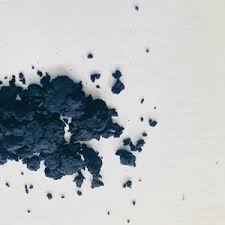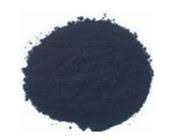light indigo color company


A critical component in the credibility and consistency in indigo dyeing comes from the authoritative use of correct tools and materials. Stainless steel vats prevent unwanted chemical reactions that degrade the dye quality, while pH meters and thermometers allow precise control over the dyeing environment. Adopting best practices from industry leaders and engaging in continuous education significantly contributes to enhanced production outputs. Trustworthiness in producing high-quality indigo also involves rigorous testing and quality control. Each batch should undergo testing for colorfastness, shrinkage, and fabric health. Spectrophotometry, for instance, provides a quantitative measure of the color intensity and uniformity across production cycles. Ensuring compliance with international standards not only engenders trust in your brand but speaks to a commitment to excellence. Sustainability remains a key concern, and incorporating eco-friendly practices like recycling water in dye baths and choosing organic fabrics can bolster your authority in the market. Educating customers about these practices further builds trust and aligns with global shifts towards responsible production. In conclusion, producing an exquisite indigo color is a synthesis of historical tradition and modern scientific practices. Mastery in this realm requires acknowledging the art and science of dyeing, an unwavering dedication to quality, and an ethical commitment to sustainability. By implementing these practices, you position your products not just as commodities, but as part of a revered artisanal legacy that values authenticity and environmental stewardship.
-
Thermal Stability Analysis of Bromo Indigo Pigments
NewsJun.06,2025
-
Sulphur Black Dye Oxidation Process Optimization
NewsJun.06,2025
-
Lightfastness Testing of Bromo Indigo Dyed Denim
NewsJun.06,2025
-
Granule Size Distribution and Jeans Color Uniformity
NewsJun.06,2025
-
Gradient Dyeing Methods with Indigo Blue Granules
NewsJun.06,2025
-
Dyeing Temperature Effects on Sulphur Black Color Fastness
NewsJun.06,2025
-
Sulphur Black Dyes in Daily Use
NewsMay.07,2025

Sulphur Black
1.Name: sulphur black; Sulfur Black; Sulphur Black 1;
2.Structure formula:
3.Molecule formula: C6H4N2O5
4.CAS No.: 1326-82-5
5.HS code: 32041911
6.Product specification:Appearance:black phosphorus flakes; black liquid

Bromo Indigo; Vat Bromo-Indigo; C.I.Vat Blue 5
1.Name: Bromo indigo; Vat bromo-indigo; C.I.Vat blue 5;
2.Structure formula:
3.Molecule formula: C16H6Br4N2O2
4.CAS No.: 2475-31-2
5.HS code: 3204151000 6.Major usage and instruction: Be mainly used to dye cotton fabrics.

Indigo Blue Vat Blue
1.Name: indigo blue,vat blue 1,
2.Structure formula:
3.Molecule formula: C16H10N2O2
4.. CAS No.: 482-89-3
5.Molecule weight: 262.62
6.HS code: 3204151000
7.Major usage and instruction: Be mainly used to dye cotton fabrics.

